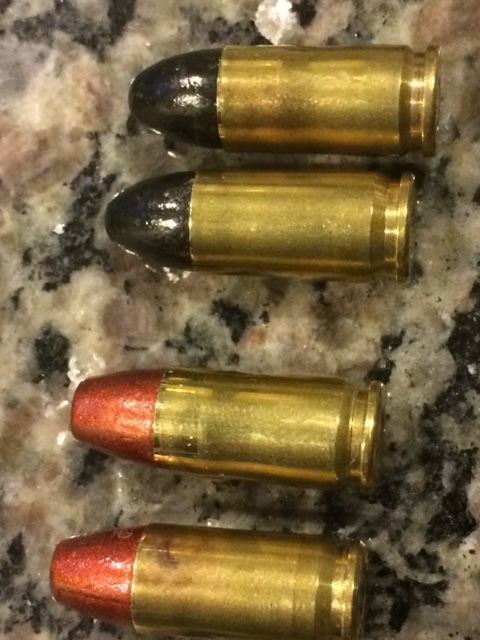I'm fairly new to reloading having only loaded several 1000 rounds of 9mm on my Dillon 650. Those rounds were all reloaded using Lee sizing, seating and FCD dies. The only Dillon die was the powder/case expander die.
Today I loaded a few hundred 9mm using a second toolhead, setup with all Dillon dies. Here are some general observations:
When setting up a new configuration, I measure, case gauge and plunk/spin each round to get an idea of my manufacturing variation. I noticed with the Dillon dies I had more failures of either the case gauge or plunk/spin. Not sure if this is a setup issue, die variation or if the Lee FCD 'masked' setup errors on the Lee set. However, the cartridges that were loaded with the Dillon dies and failed either the case gauge or plunk/spin checks were run through the Lee FCD afterwards, 90% of them passed these tests after going through the Lee FCD
Overall the differences were not great enough for me to choose one over the other yet. I'm going to run the Dillons for a bit longer to get more used to the adjustments before rendering a verdict.
Today I loaded a few hundred 9mm using a second toolhead, setup with all Dillon dies. Here are some general observations:
- There's definitely less brass 'dust' on the shell plate when using the Dillon dies
- The Dillon dies left the loaded rounds with more of a 'coke' bottle look/shape, even after multiple adjustments
- Flat nose rounds seating depth was more consistent with Dillon seating die, when using the SWC side of the die insert (Lee only has RN insert)
- Micro adjustment knobs on the Lee seating and FCD dies was very convenient
When setting up a new configuration, I measure, case gauge and plunk/spin each round to get an idea of my manufacturing variation. I noticed with the Dillon dies I had more failures of either the case gauge or plunk/spin. Not sure if this is a setup issue, die variation or if the Lee FCD 'masked' setup errors on the Lee set. However, the cartridges that were loaded with the Dillon dies and failed either the case gauge or plunk/spin checks were run through the Lee FCD afterwards, 90% of them passed these tests after going through the Lee FCD
Overall the differences were not great enough for me to choose one over the other yet. I'm going to run the Dillons for a bit longer to get more used to the adjustments before rendering a verdict.

